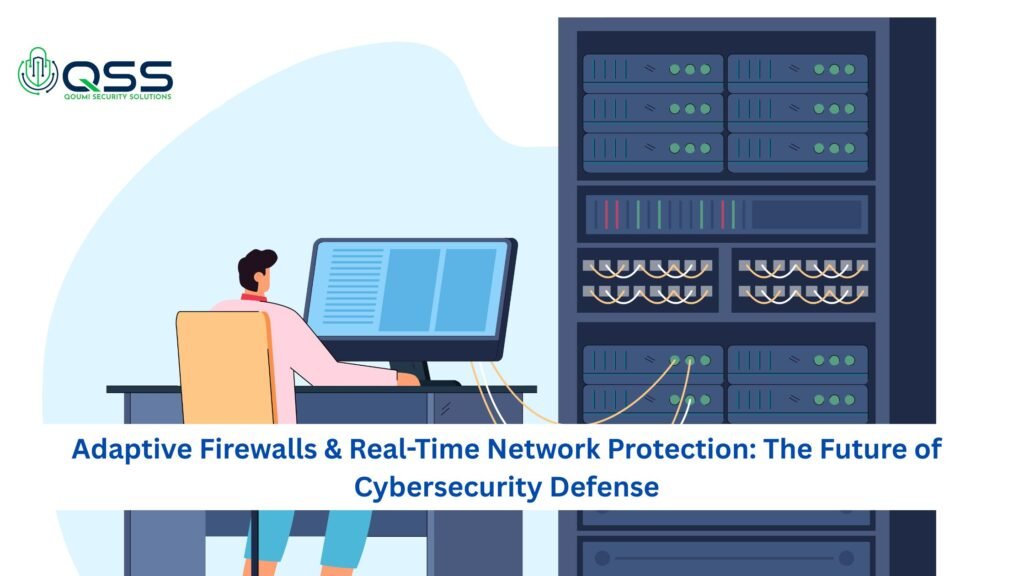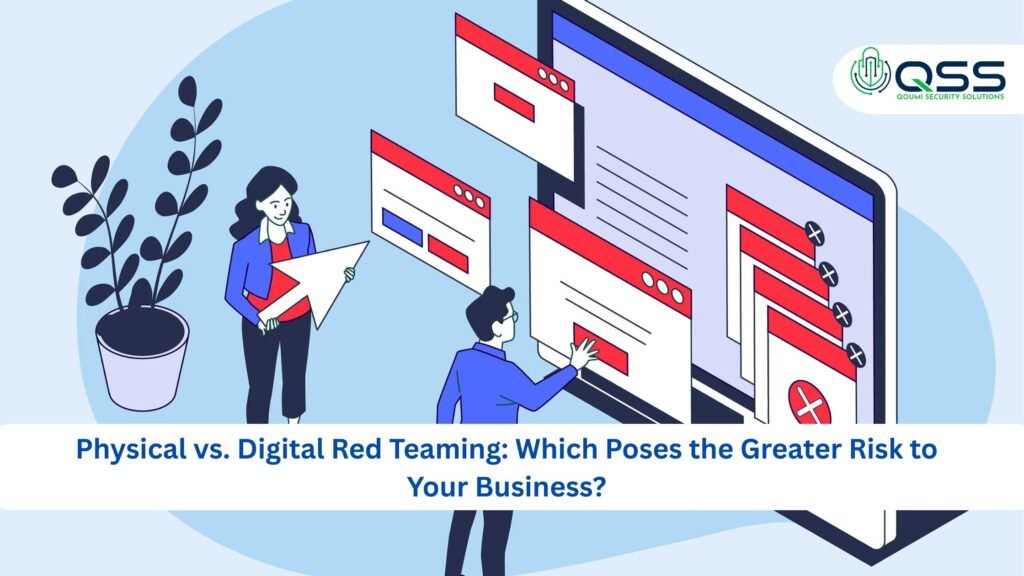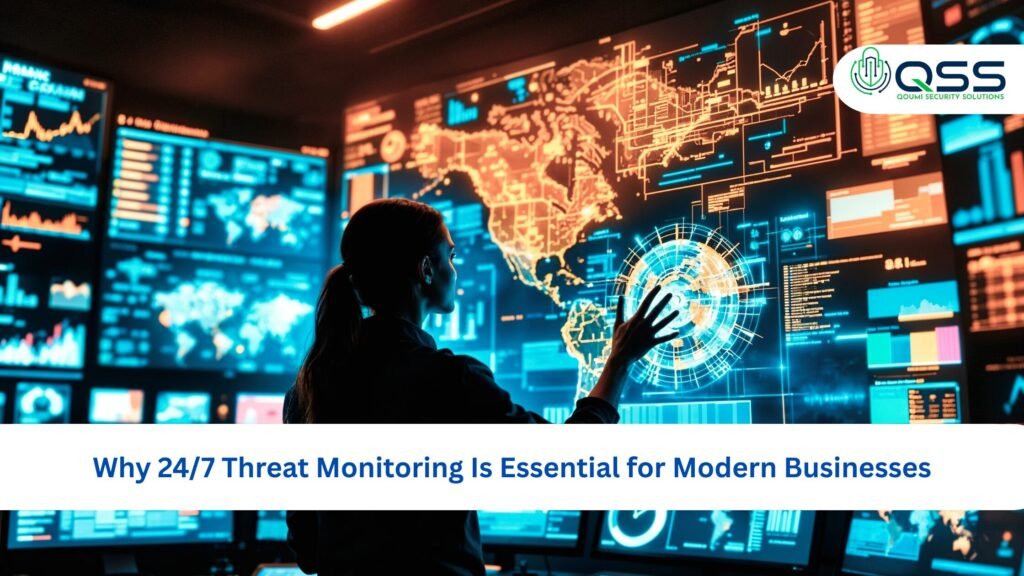Single Blog
The Hidden Cost of Weak Password Policies
The Hidden Cost of Weak Password Policies
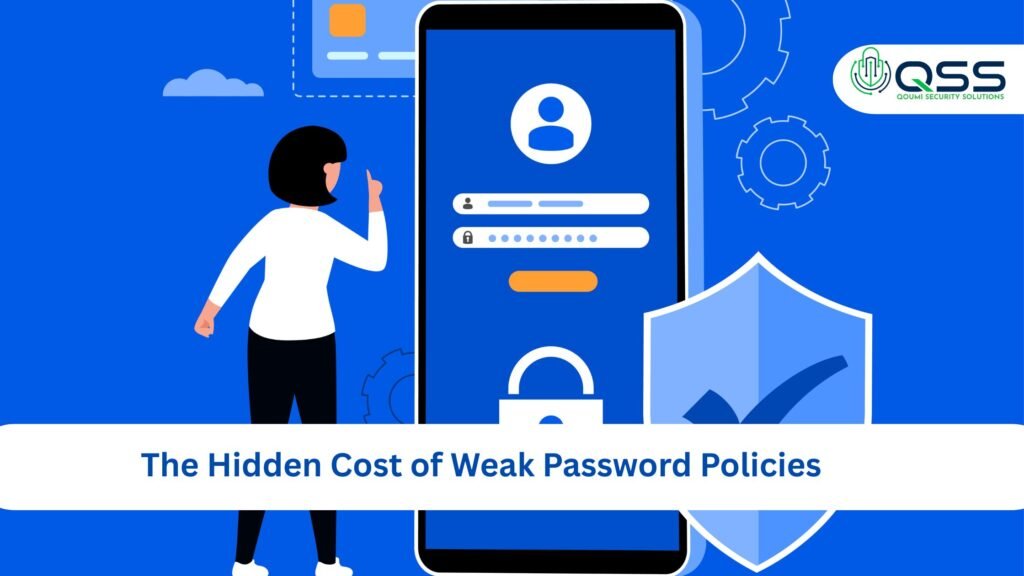
Passwords seem simple, but in today’s digital world, they’re a linchpin for business security. Unfortunately, weak password policies do more than invite cyber threats—they quietly rack up huge costs that can devastate your company’s finances, reputation, and daily operations.
Why Businesses Still Struggle With Password Security
Despite endless news stories about data breaches and phishing scams, most organizations underestimate how fragile their password systems are. Easy-to-guess combinations like “password123,” “admin,” or “CompanyName2025!” remain shockingly common. Even “complex” passwords can be vulnerable if created with predictable patterns or reused across multiple accounts.
Weak password policies persist for a few reasons:
- Employees resist frequent changes and complex requirements.
- IT teams are overwhelmed by constant reset requests.
- Management mistakenly believes basic protections are enough.
But these habits can expose a business to a range of hidden costs that stretch far beyond cybersecurity budgets.
1. Help Desk Burnout and Lost Productivity
One of the most overlooked costs of poor password management is the constant drain on help desk support. Whether resetting passwords, unlocking accounts, or troubleshooting login glitches, IT teams can spend upwards of 30-40% of their time just handling password-related tickets.
- A mid-sized company (1,000 employees) might see 50-100 password tickets every month.
- Each ticket takes 10–20 minutes, adding up to hundreds of hours annually.
- Direct support costs can range from $12,000 to $180,000 a year for routine password issues alone.
That’s before counting the actual productivity lost. Employees stuck on login screens aren’t delivering value to customers, closing deals, or solving problems. Industry research shows knowledge workers can waste 15 minutes per week on passwords—costing companies thousands of hours and tens of thousands of dollars in lost output.
2. Data Breach Costs and Legal Risks
Compromised credentials are the top cause of modern data breaches. According to recent reports, around 80% of successful cyberattacks exploit weak or stolen passwords.
A breach can trigger:
- Instant costs: forensic investigations, emergency IT work, PR containment.
- Legal and regulatory fines under GDPR, HIPAA, and other laws—sometimes reaching 4% of worldwide turnover.
- Customer churn as trust is lost.
- Higher insurance premiums going forward.
- Long-term damage to reputation, which is harder to quantify but can lead to missed contracts and shrinking partnerships.
The average cost of a data breach for SMBs? $3.8 million. Larger enterprises can see even bigger losses.
3. Business Disruption and Operational Chaos
Imagine your team being locked out of critical business systems for hours—or even days—because of a password compromise. Password attacks like brute force and credential stuffing can bring operations to a halt, delaying shipments, freezing sales, or interfering with client communications.
- Ransomware often starts with weak or reused passwords.
- Account lockouts during peak times create cascading delays for customers and staff.
- Recovering from these events often costs more than the initial breach.
In some cases, class action lawsuits and regulatory challenges multiply costs far beyond the initial incident.
4. Cost of Additional Security Controls
As password-related risks rise, companies scramble to add layers of protection:
- Multi-factor authentication (MFA) solutions (and their ongoing fees)
- Password managers, often priced per user/per month ($60,000+ annually for moderate-sized firms)
- Security monitoring for suspicious login activity
- Email filtering and phishing detection
While these controls are essential, they highlight a hidden reality: companies pay more and more to keep outdated, fragile password systems afloat, rather than investing in more modern, robust authentication.
5. The Security Paradox: Complexity ≠ Safety
Many businesses respond to threats by making password policies stricter—more frequent changes, longer combinations, and forced complexity. But research finds that these measures often decrease real security, as users fall into predictable habits:
- Incremental password changes (“Spring2025!” becomes “Summer2025!”)
- Obvious substitutions (replacing “a” with “@,” “o” with zero)
- Writing passwords down or storing them insecurely
In the end, even “strong” passwords may be vulnerable to simple algorithms or social engineering, creating a false sense of protection.
Real-World Examples: When Passwords Go Wrong
Recent years have seen businesses of every type face devastating impacts due to weak password policies:
- A manufacturing company lost $2 million in one incident after hackers cracked “Manufacturing2023!” and exfiltrated financial data.
- Law firms faced client data exposure for months due to recycled, easy-to-guess credentials.
- Healthcare practices incurred almost $1 million in fines after HIPAA violations triggered by password-related breaches.
These aren’t outliers. With the average business password policy unchanged for years, nearly every organization is vulnerable.
How to Stop the Password Cost Spiral
You don’t have to be a tech giant to fix your authentication strategy. Start with these protective steps:
- Strengthen Password Policies
- Require long, unique passwords that resist brute force and algorithmic guessing.
- Prohibit password reuse across accounts and systems.
- Require long, unique passwords that resist brute force and algorithmic guessing.
- Educate and Train Employees
- Run regular training on password security, wireless safety, and phishing awareness.
- Reward good security habits and offer secure password managers.
- Run regular training on password security, wireless safety, and phishing awareness.
- Implement Modern Authentication
- Use MFA wherever possible to add layers of security beyond passwords.
- Explore passwordless solutions, such as biometrics, tokens, or single sign-on (SSO).
- Use MFA wherever possible to add layers of security beyond passwords.
- Monitor and Audit Password Use
- Continuously scan user credentials against known breached password lists.
- Track suspicious login attempts and lock out compromised accounts swiftly.
- Continuously scan user credentials against known breached password lists.
- Review and Adapt Policies Annually
- Don’t “set and forget.” As cyber threats evolve, so should your password policy and authentication methods.
- Don’t “set and forget.” As cyber threats evolve, so should your password policy and authentication methods.
The Long-Term Value of Investing in Password Security
Investing in strong password security and modern authentication isn’t just a technical fix—it’s a decisive financial strategy. Companies that act see fewer breaches, less disruption, and lower regulatory risk. Help desks get to focus on strategic projects. Teams regain lost productivity. Customers and partners trust you to protect their data.
The decision to update your password policy and invest in improved authentication doesn’t just save money—it may save your business.
How QuomiSecurity Helps You Secure Passwords and Protect Your Business
Navigating the complexities of password security can feel overwhelming, but it doesn’t have to be. QuomiSecurity offers comprehensive password management and cybersecurity solutions tailored to your organization’s unique needs. With their expertise, you gain more than just technology; you get a trusted partner dedicated to safeguarding your data and digital assets.
By partnering with QuomiSecurity, you protect your business from the costly hidden risks tied to weak passwords—saving money, reducing risk, improving staff productivity, and gaining peace of mind that your security keeps pace with today’s cyber threats.
